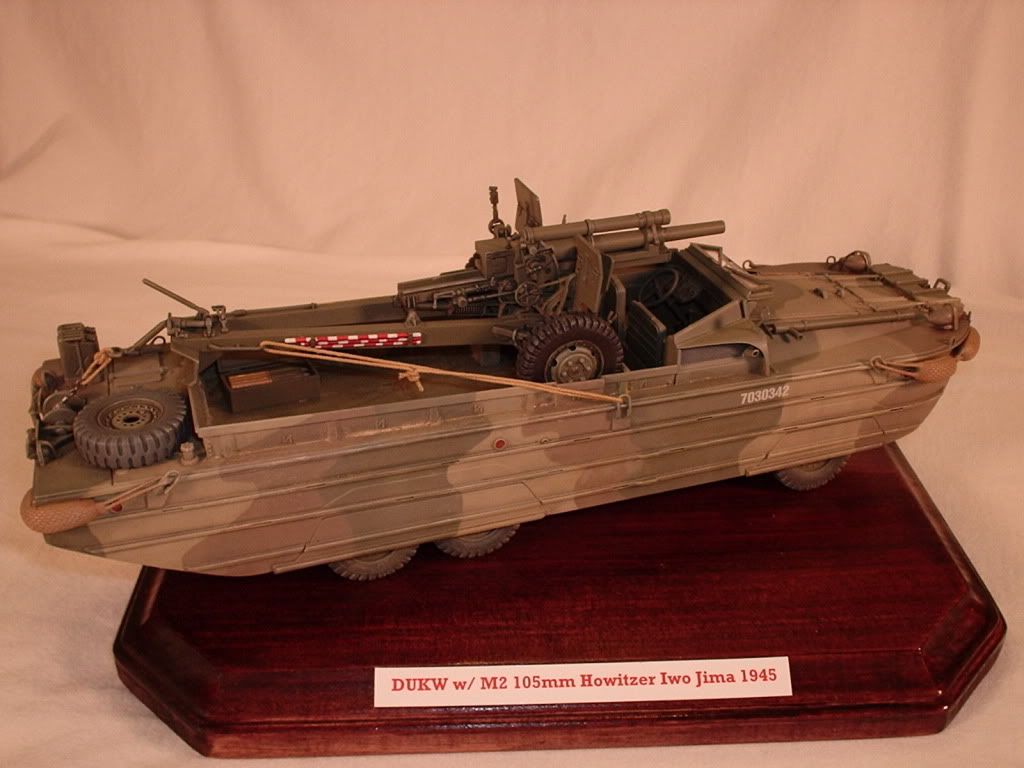What is the best way paint on a hard edge camo pattern? I am getting ready to paint my Japanese Chi Ha tanks and would like to paint the jungle camo patterns that they used on them during WW2. I typically airbrush all of my models but have noticed some individuals hand brush painting on their camo patterns with great results as if they airbrushed them. I don’t like to hand paint models because it seems to thick, takes long to dry and shows brush stroke lines. If I go the route of hand brushing my camo pattern, what brushes should I use and the consistency of the paint being applied? Any help would be appreciated.
/search/SearchResults.aspx?q=hard%20edge%20camo&f=Mw==&u=
My fellow armor modelers and myself would love to see your work in the armor section. So post some pics of your Japanese Chi Ha tanks in the armor section.[:)]
I’m not big fan of the silly putty technique for hard edge camo. If you not careful, a ridge of paint can develop along the silly putty edge. When I do hard edge camo, I use Tamiya masking tape. The trick is to start with really thin strips to outline the camo. The thin strips allow a lot of flexibility in the tape. I cuts strips about a 1/16th to an 1/8th thick. After outlining the camo, I go back and fill in the area not to be painted with larger strips. After painting, some touching-up will have to be done especially in tight areas. That’s easy to do with a brush.
Here’s a few shots of camo done with masking. Notice all of the tight areas along the ribbing on the sides:


-Jesse
Now we know museum pieces are not always the most accurate references, but this type 97 Chi-Ha has a soft edge for the yellow. The brown appears to be over the green and, it too, may have very tight but soft edges.